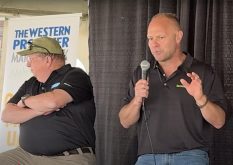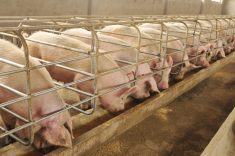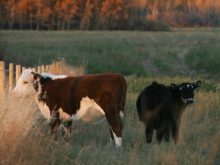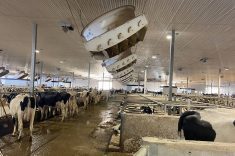LETHBRIDGE, Alta. – When Bill C-65 died on the order paper last year after a federal election was called, it didn’t kill the concept of an endangered species act.
“There is going to be an endangered species act. We can’t stick our heads in the sand and say it is not going to happen,” said Rick Martin, wildlife project manager for Alberta’s Eastern Irrigation District.
The irrigation districts and provincial commodity groups are pre-paring for the new version of Bill C-65. Banding together, they want to convince Ottawa to mould the next act into one that recognizes co-operation and partnership when caring for the land and its inhabitants.
Read Also
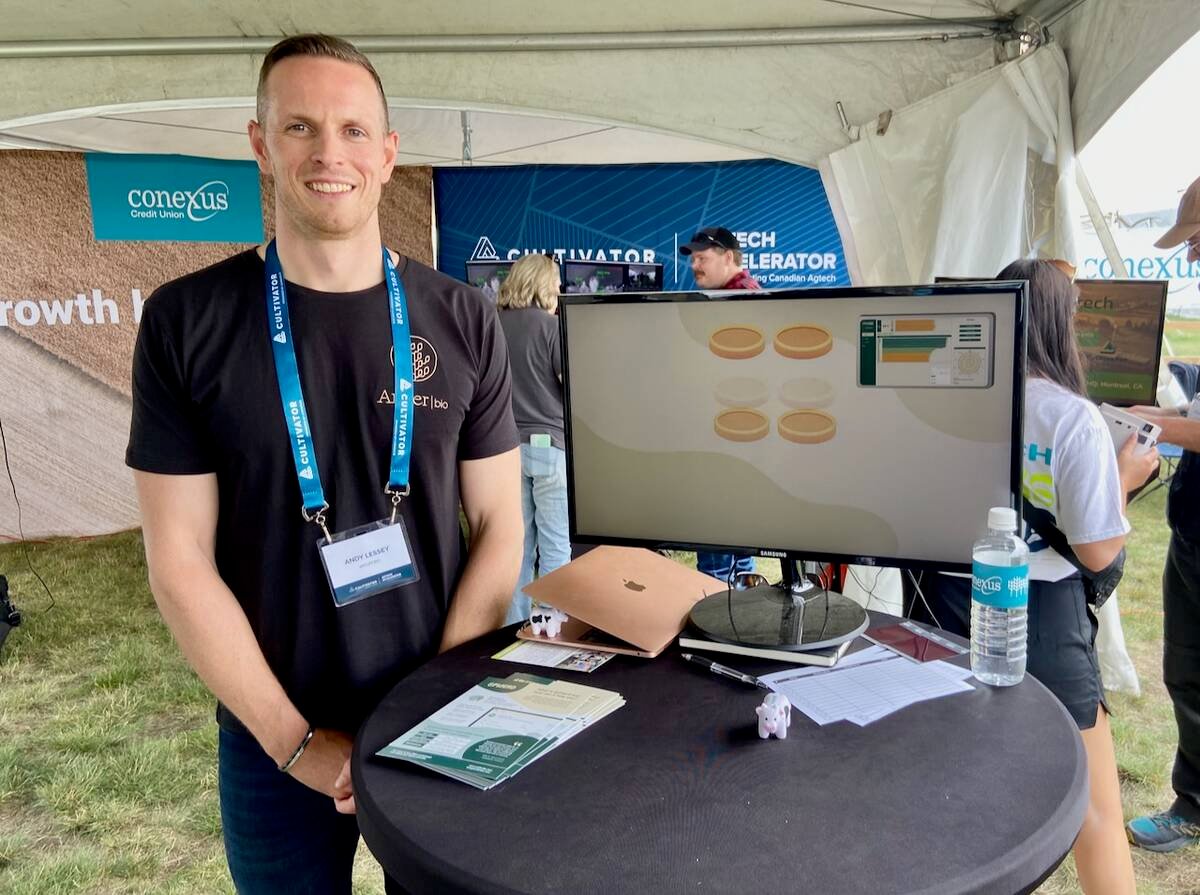
VIDEO: British company Antler Bio brings epigenetics to dairy farms
British company Antler Bio is bringing epigenetics to dairy farms using blood tests help tie how management is meeting the genetic potential of the animals.
At the recent Alberta Irrigation Projects Association meeting here, Martin explained how the Eastern Irrigation District has used co-operation to build and preserve habitat.
The EID has worked since the late 1980s with Ducks Unlimited, the North American Waterfowl Management Plan and Alberta Fish and Wildlife to set aside 35,000 acres of managed wetlands using spill water from its irrigation system.
Researchers are allowed to examine nesting sites, band birds and study possible improvements of habitat.
There are species that never lived in the district until irrigation was installed. They find homes around the reservoirs and canals. A number of burrowing owls live on the rangelands owned by the district.
At one time the district refused access to its lands. Now it works with the government, grasslands groups and Operation Burrowing Owl, to release specific information that is available only to certified researchers who carry research permits. Their findings are kept confidential to protect the birds.
In addition, the district allows grazing, as well as oil and gas activity on these lands.
Another co-operative program, Bucks for Wildlife, is studying the compatibility of grazing management and watering systems.
A new program called Partnerships in Habitat Development on cultivated and irrigated land involves the Prairie Farm Rehabilitation Administration, Ducks Unlimited, Alberta Cattle Commission and Pheasants Forever. This was the first year for the program and 50 water users are involved so far planting trees and shrubs along fencelines and canals.
Good intentions go bad
Groups like the irrigation districts worry a new act could have a major impact on Western Canada because as farmers they hold large tracts of natural habitat for endangered species such as obscure salamanders and high-profile burrowing owls.
Many westerners feared the impact of Bill C-65 because they said it was similar to the 25-year-old United States endangered species act. They argued that act has done little to rebuild species and may actually have caused harm to landholders because it was too punitive.
Danielle Smith, of the Calgary-based Canadian Property Rights Institute, said the American act doesn’t work because it became highly politicized and was not based on science. Some species were listed as endangered to stop development in certain areas, she said.






